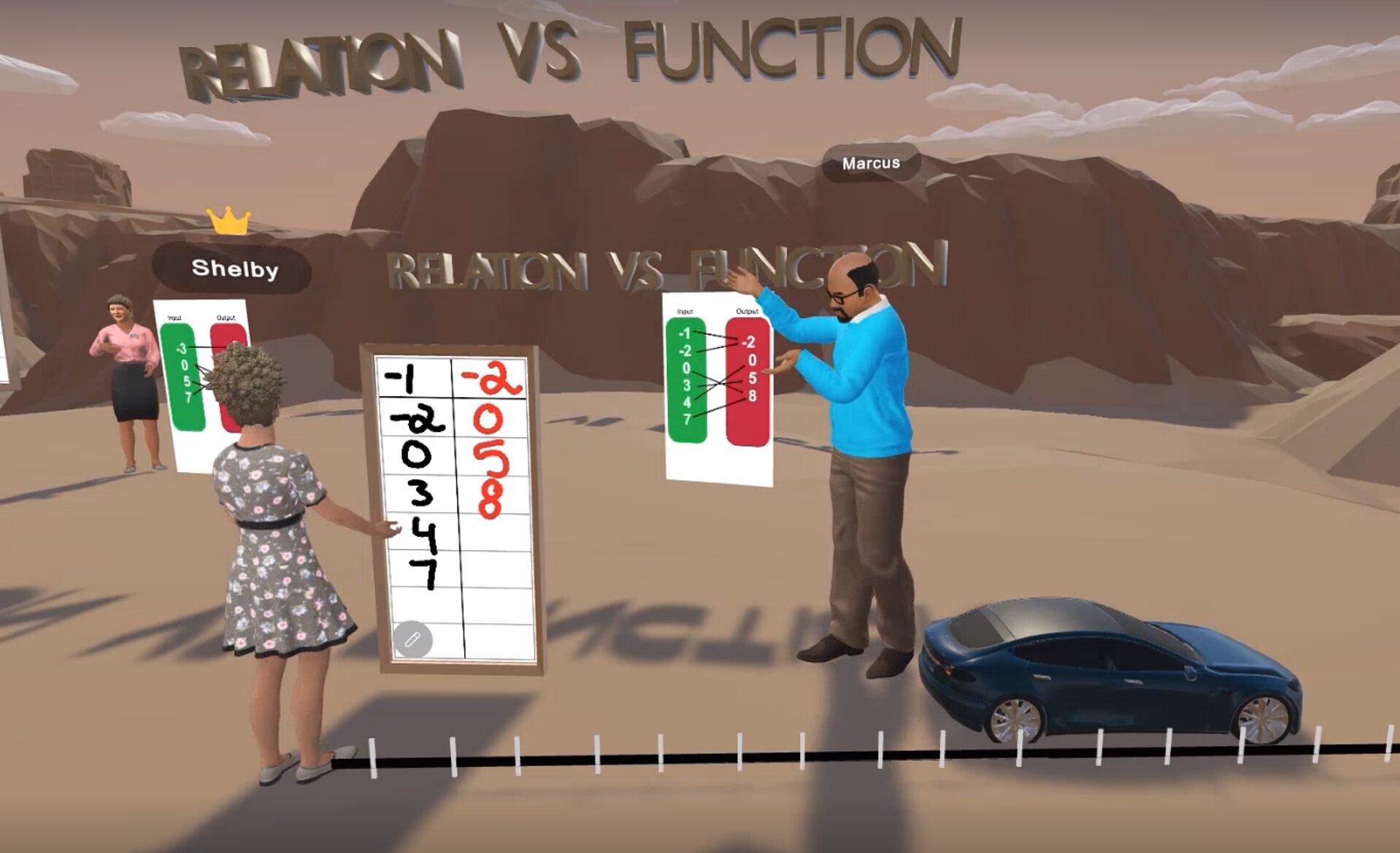Singapore Math Techniques for Parents and Students
 Singapore Math can transform how your child understands and excels in math. As parents, incorporating these methods into your child’s learning can greatly improve their problem-solving skills. At Optima Academy Online, we believe in using effective and proven teaching methods to help your child reach their full potential.
Singapore Math can transform how your child understands and excels in math. As parents, incorporating these methods into your child’s learning can greatly improve their problem-solving skills. At Optima Academy Online, we believe in using effective and proven teaching methods to help your child reach their full potential.
The Singapore Math approach breaks down complex concepts into simple, manageable steps. By starting with concrete examples, moving to visual representations, and finally advancing to abstract thinking, this method ensures a deep comprehension of mathematical principles.
Engaging in guided practice exercises is crucial. By working on problems together, parents can support their children in mastering new skills, building confidence, and fostering a love for learning. We provide a structured, disciplined learning environment, both in our classical classroom settings and through our innovative virtual reality experiences.
Foundations of Singapore Math
Singapore Math is designed to foster a deep understanding of mathematical concepts, so students build strong problem-solving skills and mathematical confidence. Below, we explore the historical development, key principles, and the curriculum structure of Singapore Math.
Historical Development and Philosophy
The Singapore Math method originated in the 1980s when Singapore’s Ministry of Education, with the Curriculum Development Institute of Singapore, aimed to reform math education. They developed a curriculum that soon led Singaporean students to excel in international assessments like the Trends in International Mathematics and Science Study (TIMSS).
Key Principles and Objectives
Concrete-Pictorial-Abstract (CPA) Approach: This three-step method ensures students understand the why behind mathematical concepts. First, they use physical objects (concrete), then visual aids (pictorial), and finally, abstract symbols (abstract).
Focus on Mastery: Rather than moving quickly through topics, we make sure students thoroughly understand each concept before advancing. This builds a solid foundation for future learning, ensures students understand the process rather than using rote memorization, and fosters mathematical confidence.
Emphasis on Problem-Solving: Singapore Math emphasizes developing strong problem-solving abilities. Students practice with real-world problems, which enhances their critical thinking and application skills.
Curriculum Structure and Core Topics
Our curriculum covers essential areas like addition, subtraction, multiplication, division, fractions, and algebra. The structure is designed to build on previous knowledge systematically.
The early stages focus on number bonds and basic operations, laying the groundwork for more complex topics. As students progress, they encounter advanced math topics, ensuring a comprehensive understanding.
We also incorporate frequent reviews and assessments to monitor progress and address gaps in knowledge. Through this layered approach, students develop not just competence but excellence in mathematics.
Teaching Approaches in Singapore Math
Singapore Math employs several teaching approaches to develop student mastery in mathematics. These techniques include the CPA (Concrete, Pictorial, Abstract) progression, bar modeling and problem-solving, and developing computational fluency. Each method emphasizes building a strong foundation and deep understanding of mathematical concepts.
CPA (Concrete, Pictorial, Abstract) Progression
The CPA progression is a cornerstone of Singapore Math. It starts with concrete learning, where students use physical objects like blocks or counters. This hands-on approach helps them understand mathematical concepts by interacting with tangible items.
Next, we move to pictorial learning. Students transition from physical objects to visual representations, such as drawings and diagrams. This step helps bridge the gap between concrete objects and abstract thinking.
Finally, the abstract phase involves using symbols and equations. By this stage, students solve problems using numbers and symbols without needing physical or pictorial aids. This method builds a solid understanding and confidence as students progress from concrete examples to abstract thinking.
Bar Modeling and Problem Solving
Bar modeling, also known as model drawing, is a vital problem-solving strategy in Singapore Math. It provides a visual way to represent complex word problems. Students draw bars to represent quantities and their relationships, making it easier to understand and solve problems.
This technique is especially useful in solving word problems. By breaking down the problems visually, students can identify key information and relationships, making it easier to formulate equations. Model drawing builds a deeper comprehension of mathematical concepts and enhances problem-solving skills.
We encourage using bar models early on, so students become adept at this skill. Consistent practice with visual representations ensures students can confidently approach unfamiliar problems with systematic strategies.
Developing Computational Fluency
Singapore Math aims to develop strong computational fluency, enabling students to perform arithmetic operations quickly and accurately. This fluency is developed through consistent practice and the use of mental math strategies.
Mental math involves performing calculations in one’s head without using paper or a calculator. This practice sharpens students’ numerical agility and confidence. We incorporate various exercises and techniques to help students master mental math.
Manipulatives also play a crucial role. By engaging with these tools during early learning stages, students build a solid understanding of arithmetic operations, which lays the foundation for more complex computations. As a result, students gain the confidence and skills to tackle math problems efficiently and effectively.
Implementing Singapore Math

Adopting Singapore Math can dramatically improve students’ understanding and mastery of math. This involves using specific resources, ensuring thorough teacher preparation, and tailoring the curriculum to meet students’ needs.
Resources and Materials
Having the right materials is crucial. Textbooks and workbooks form the backbone of the Singapore Math curriculum. The Dimensions Math series, for example, provides clear explanations and plenty of practice problems.
Teacher guides are essential to help educators understand the teaching methods and sequence of lessons. Additionally, placement tests ensure that students start at the correct level. Regular tests help track progress and identify areas needing more focus.
Teacher Preparation and Training
Successful implementation starts with well-prepared educators. Thorough teacher training is necessary to understand the teaching methods unique to Singapore Math. Educators should become familiar with how to use visual aids and hands-on activities to explain concepts.
Public schools and homeschooling parents can benefit from online and in-person professional development courses. Understanding the alignment with Common Core State Standards can also help integrate the curriculum smoothly into existing frameworks.
Adaptation and Customization
Every student learns differently, and Singapore Math allows for significant customization. We can modify the pace of learning to fit each student’s needs. The use of visual aids, active learning techniques and real-world problems can make abstract concepts more concrete.
Homeschooling families may adapt lessons to their child’s interests, making math more engaging. In public school settings, differentiation strategies help cater to diverse classrooms. By focusing on individual abilities and progress, we ensure each student can reach their full potential with Singapore Math.
Analyzing Outcomes and Impact
Singapore Math has had a substantial impact on student math performance and global education standards. Let’s examine how this teaching approach contributes to academic success, its role in shaping international education, and its potential advantages and disadvantages.
Evaluating Academic Success
Singapore Math focuses on fostering a deep understanding of mathematical concepts rather than relying on rote memorization. Research indicates that students using these techniques often show improved problem-solving abilities and greater success on standardized tests such as the SAT.
For example, a study on the “Math in Focus” program, modeled after Singapore Math, revealed notable gains among third- through fifth-graders in U.S. schools. Students demonstrated enhanced critical thinking skills and performed better in mathematics compared to their peers using traditional methods.
Influence on Global Education
The impact of Singapore Math extends beyond local classrooms. International assessments like the Trends in International Mathematics and Science Study (TIMSS) and the Programme for International Student Assessment (PISA) frequently rank Singapore-taught students at the top.
This success has spurred school districts worldwide to adopt similar approaches. Countries looking to boost their mathematics scores often study Singapore’s curriculum and teaching methodologies closely, emphasizing rigorous content and deep, conceptual understanding.
Pros and Cons of Singapore Math
Pros:
- Encourages critical thinking and problem-solving
- Reduces reliance on rote memorization
- Focuses on a deep understanding of mathematical concepts
- Proven success in international assessments
Cons:
- Can be challenging for students and teachers unfamiliar with the approach
- Requires more intensive teacher training
- May not align perfectly with some national education standards
In Conclusion
Singapore Math presents a balanced approach to developing higher-order thinking skills and achieving excellent academic results, although it requires a commitment to specialized training and potential curriculum adjustments. Integrating these methods can significantly enrich a student’s learning experience by emphasizing the importance of understanding mathematics deeply and contextually.
Are you interested in learning more about Optima Academy Online and our offerings? Register for a Parent Information Meeting today to learn more.




